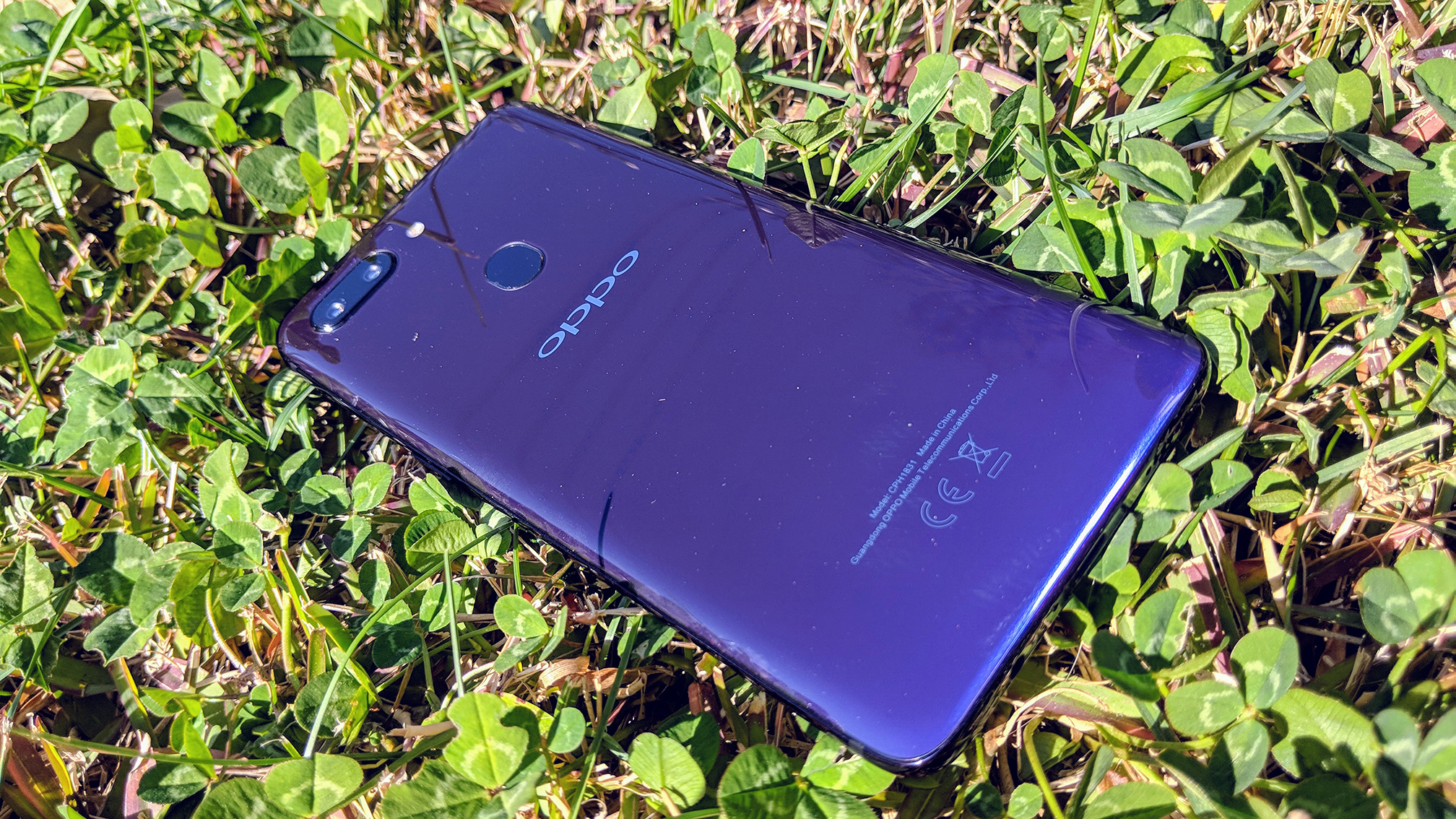TechRadar Verdict
With premium performance, design, and camera chops,Oppo's notched wonder is only let down by poor battery life and some dated features
Pros
- +
Delightful display and aesthetic
- +
Premium design and performance
- +
Great value
Cons
- -
Micro USB port is dated
- -
Weak battery performance
Why you can trust TechRadar
Price and availability
Oppo has become the phone maker you turn to when you want the best features without the alarming price-tag. We’ve said it a lot in the past, and it’s a niche that Oppo fills well, especially with the R15 Pro.
The last Oppo we reviewed was the R11s, and the R15 Pro is a clear evolution on that. It’s definitely the Chinese company's best phone to date, and takes a lot of design cues from Apple, Huawei and Samsung. If you’re going to be influenced by anyone, be influenced by the best.
In Australia, the Oppo R15 Pro is priced at AU$779. That’s amazing value when you consider the phone's premium design and features. While it's true that it's somewhat channeling the iPhone X in its design, it retains more of an identity than some other Android handsets, such as the Huawei P20 Pro.
Ultimately, this is an excellent handset for the price, with some of the best and worst aspects of contemporary phone design, and a number of quirks and characteristics familiar to Oppo phones. If you don’t mind all this, then you can save yourself a great deal of cash by grabbing this handset.

Key features
- 128GB of internal storage can be expanded by an additional 256GB
- Face unlock and fingerprint scanner
- Slim bezels
- Water resistant
If you happen to live in a metropolitan area, you've likely seen the huge billboards for Oppo’s latest phone. Here’s a phone made for capturing the essence of the outdoors, they say, and there’s certainly truth in that advertising, but for a phone that relies so heavily on its camera, does it cut the mustard?
Before we dive into the quality of its snapper, let's see what the Chinese manufacturer has done to improve on its predecessor, the Oppo R11s, that only launched in Australia six months prior.
Features such as NFC connectivity and water-resistance (IP67) are welcome additions in the contemporary world of smartphones, sitting nicely alongside the handset's notch-touting display and dazzling all-glass rear. The increase to internal storage from 64GB to 128GB is also quite welcome.
Sign up for breaking news, reviews, opinion, top tech deals, and more.
Thanks to its notch and an even thinner chin bezel, the display takes up more than 84% of the phone's face, increasing it to 6.28-inches and cementing its place in phablet territory.

Unfortunately, not all of 2018's standard features have made it the R15 Pro, with a micro-USB port still found on the phone's base (albeit with fast-charging capabilities) and overall performance and battery life that doesn't quite cut it against some of its premium competition.
Similarly, Oppo's camera app can be a little obtuse with its array of quirkier modes and settings – beautification being a prime example – but this should come as no surprise to anyone who's used an Android phone from the likes of Huawei, Samsung, Google or any of the other major players in the last few years.
These somewhat niche settings and modes can be used to varying effect, but the phone's primary camera mode is where it truly shines. The dual lens setup makes for some truly wonderful shots, and along with HDR can bring a landscape to life or add rich depth to a portrait.
Design and display
- Notched Full HD+ (19:9 aspect ratio) AMOLED screen
- ColorOS sticks with iOS-esque layout

Aside from the notched display, the first thing you'll notice is just how handsome the chassis looks. We were able to test the handset out in both Cosmic Purple and Ruby Red, with each offering a different breed of iridescent shimmer that played with the light in subtle and tasteful ways.
The display is rich, bright and clear with its FHD+ (1,080 x 2,280) resolution and, despite its 6.28-inch dimensions, doesn't feel oversized thanks to its 19:9 aspect ratio.
Delicate curves and a comfortable weight make the phone a pleasure to hold, and the negligible camera bump can be mitigated with the included gel case, which adds more texture.
Thanks to the stellar facial recognition system, the screen will turn on from face down to firing in roughly 1.3 seconds. It’s near instantaneous if you use the rear-mounted fingerprint sensor instead.
Current page: Introduction, key features and design
Next Page Battery life, camera and performance
